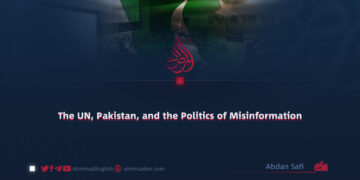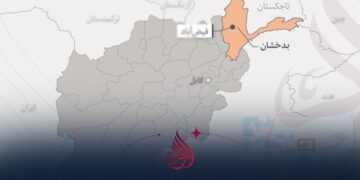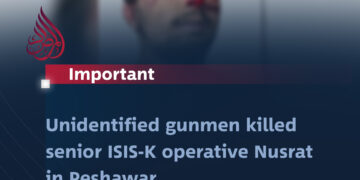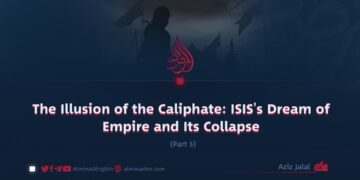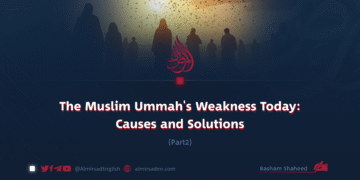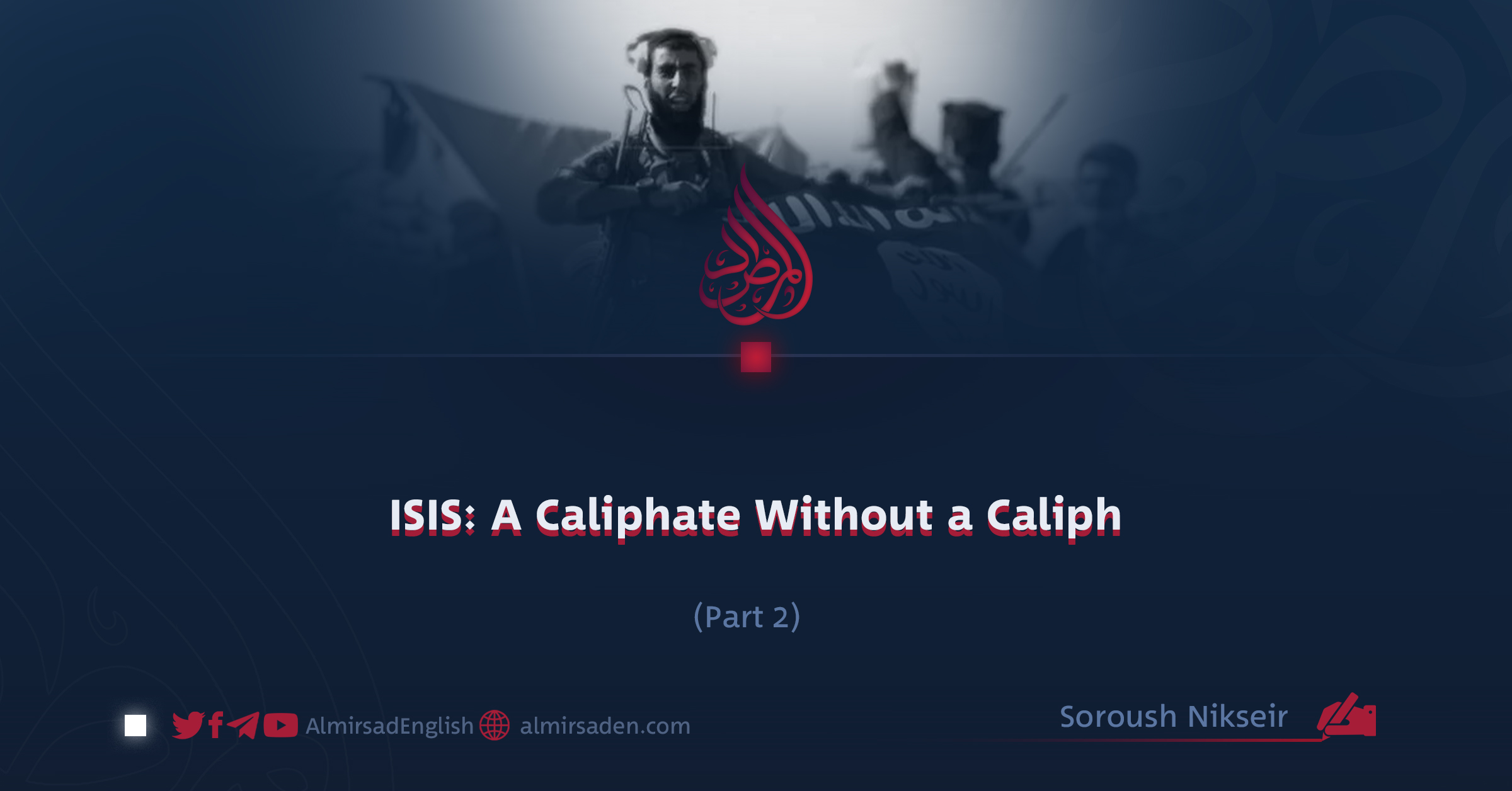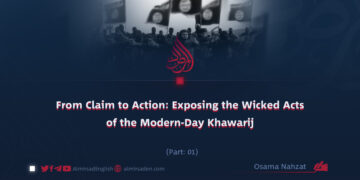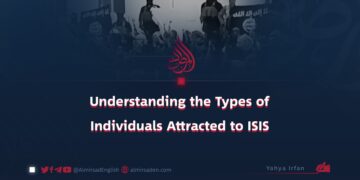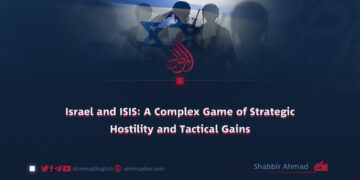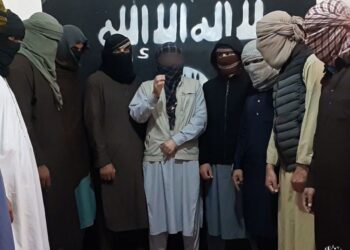Part 2
Soroush Nikseir
Contradictions in the Leadership of ISIS
At the height of its power, the extremist group ISIS claimed to have revived the Islamic Caliphate, plunging much of the world into a vortex of bloodshed and terror. Yet beneath this illusion of order lay a disjointed and self-contradictory structure, plagued by internal disarray and competing ambitions.
This article examines two primary factors behind ISIS’s eventual collapse: the elimination of its top leadership and the destructive internal power struggles that followed.
The Fall of ISIS Leadership
Abu Bakr al-Baghdadi, who styled himself as “Caliph of the Muslims,” once ruled over a third of Iraq and Syria through tyranny and repression. In 2019, during a series of operations in Syria’s Idlib province, he was cornered and ultimately detonated a suicide vest, killing himself. This symbolic end marked the beginning of the disintegration of ISIS’s central command and the unraveling of its so-called caliphate.
Abandonment Instead of Resistance
Though ISIS championed loyalty and martyrdom as core tenets, its leadership often acted in stark contradiction to those claims. Widely circulated videos revealed that during critical battles, ISIS commanders fled the frontlines in armored vehicles, abandoning their fighters. These cowardly retreats made a mockery of the group’s grand slogan, “Loyalty until death.”
The Elimination of Successive Leaders
After Baghdadi’s death, his successors, Abu al-Hasan al-Hashimi al-Qurashi and Abu al-Hussein al-Husseini al-Qurashi, were also killed in targeted operations. Each loss further destabilized the organization, deepening confusion and disillusionment among its members and supporters. On several occasions, ISIS operated for extended periods without publicly naming a new leader, underscoring the group’s growing disarray. The phrase “Caliphate without a Caliph” aptly captures this reality.
This vacuum of leadership further exposed the fraudulent nature of ISIS’s self-proclaimed caliphate. It was a regime that claimed divine legitimacy but failed to uphold even the most basic principles of governance and continuity.
Internal Power Struggles
Despite public declarations of unity, ISIS was rife with internal divisions and infighting. The confessions of senior commander Abu Ruqayyah al-Ansari revealed several major areas of conflict:
1. Division Between Iraqi and Syrian Factions
Persistent tensions flared between the Iraqi leadership, led by Abu Ali al-Anbari, and the Syrian faction, under Abu Umar al-Shishani. These often erupted over control of resources and strategic decisions. According to Ansari, the disputes occasionally escalated into armed clashes, weakening the group’s operational coherence.
2. Rivalry with Jabhat al-Nusra
Following the split between ISIS and Jabhat al-Nusra, many Syrian commanders defected to the latter. In response, Baghdadi reportedly plotted to assassinate Jabhat al-Nusra’s leader, though these plans ultimately failed. The rivalry only deepened ISIS’s internal fragmentation.
3. Fragmentation After Baghdadi’s Death
Baghdadi’s death marked the onset of a deeper phase of disintegration. The central leadership fractured into loosely connected or entirely independent factions. In the absence of a unified command, these groups pursued conflicting agendas, further eroding the organization’s cohesion.
Why Did ISIS Leadership Collapse?
A closer examination of ISIS’s structural collapse reveals several fundamental causes:
1. Absence of Genuine Legitimacy
ISIS did not derive its authority through widespread public bay‘ah (pledge of allegiance), but rather through coercion and intimidation. When the climate of fear faded, so did loyalty and obedience.
2. Overdependence on a Single Leader
The organization’s leadership model was heavily centralized around Baghdadi. His death created a void that proved impossible to fill. Leadership structures built on singular authority often implode when that figure is removed. This was a fate ISIS could not escape.
3. Power Struggles in the Absence of a Coherent Ideology
What was once presented as a divinely inspired mission quickly devolved into a vehicle for personal ambition. Factions within ISIS competed for control and influence, driven more by political aspiration than ideological commitment. Lacking a stable and enduring ideological foundation, the group was ultimately consumed by its own rivalries.
In the final analysis, ISIS was never a legitimate caliphate. It was a maelstrom of violence, deception, and disorder. Even its self-proclaimed “caliphs” were eventually devoured by the very chaos they had unleashed. The collapse of ISIS’s leadership illustrates the inevitable downfall of any regime built on fear, falsehood, and fractured ambition.



